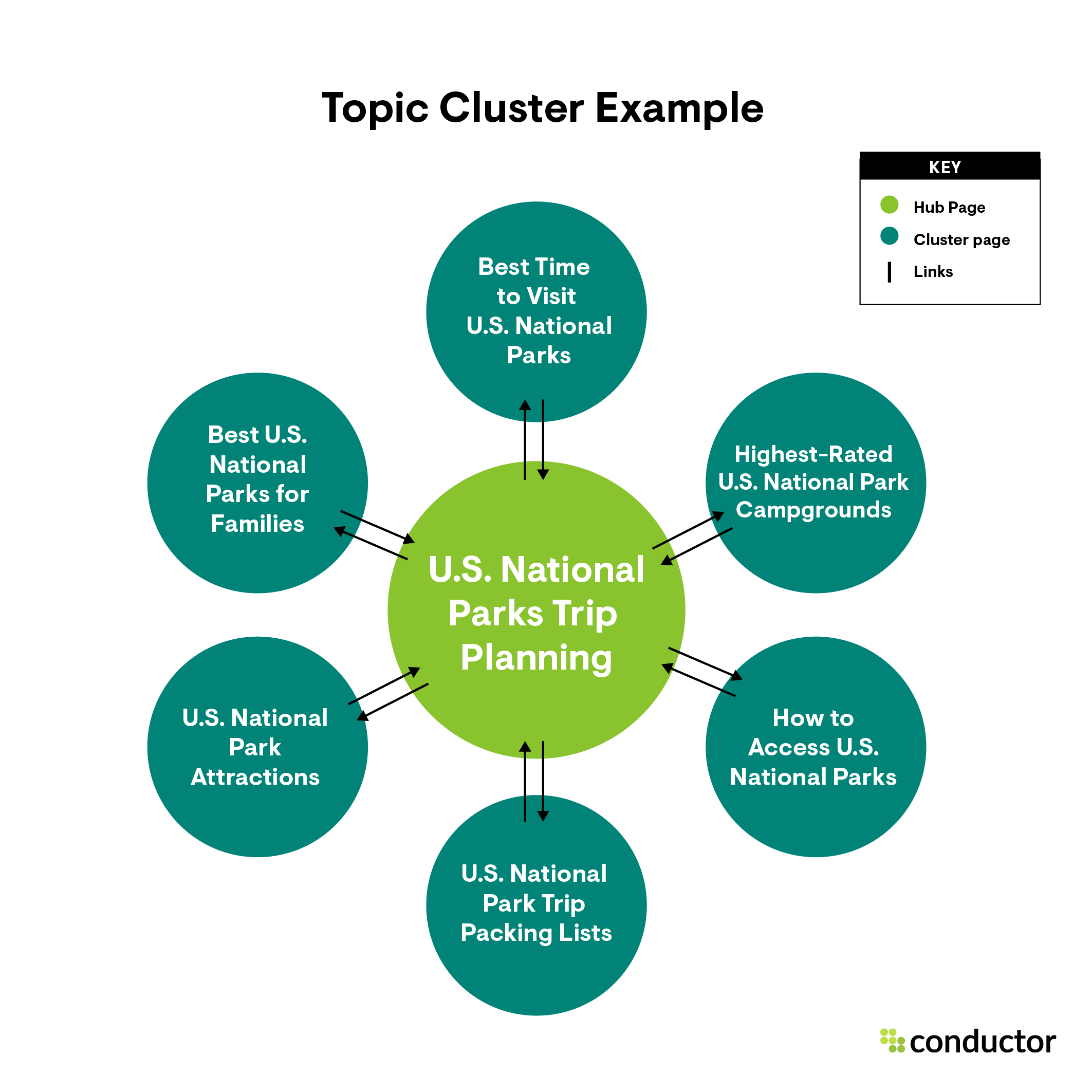SEO Content Clustering for Certification Training Websites
SEO content clustering is a powerful strategy for organizing and optimizing content on certification training websites. This approach involves creating a network of interconnected pages that cover a specific topic comprehensively, enhancing both user experience and search engine rankings.
What Are Topic Clusters?
A topic cluster consists of a central pillar page that provides a broad overview of a topic, linked to multiple subtopic pages that delve deeper into specific aspects of the subject. This structure helps search engines like Google understand the site's authority and relevance, improving its visibility in search results.
Benefits of Topic Clusters
- Improved SEO Rankings: By establishing a site as an authority on a topic, topic clusters can enhance keyword rankings and increase organic traffic.
- Enhanced User Experience: Users can easily navigate related content, improving engagement and reducing bounce rates.
- Efficient Content Organization: Existing content can be repurposed and organized more effectively, reducing the need for new content creation.
Steps to Implement Topic Clusters for Certification Training Websites
1. Audit Existing Content
- Review current content to identify gaps, outdated material, and what’s already ranking well.
- Use tools like SEMrush or SurferSEO for analysis.
2. Conduct Keyword Research
- Identify main keywords and long-tail keywords related to your certification training topics.
- Prioritize keywords with high search volume and low difficulty scores.
3. Create a Pillar Page
- Develop a comprehensive pillar page that covers the main topic of your certification training.
- Ensure it links to detailed subtopic pages.
4. Develop Subtopic Pages
- Create detailed content for each subtopic, ensuring it’s valuable and keyword-rich.
- Link each subtopic page back to the pillar page.
5. Optimize and Link Pages
- Use clear titles, headers, and relevant keywords on each page.
- Implement strategic internal linking with descriptive anchor text.
6. Monitor Performance
- Use tools like Google Analytics and Search Console to track content performance.
- Update and refine content based on insights to improve rankings.
Tools for Building Topic Clusters
- SEMrush: Offers comprehensive SEO analysis and keyword research tools.
- SurferSEO: Provides insights into content gaps and optimization opportunities.
- SE Ranking: Helps in keyword grouping based on search intent and SERP similarity.
Example: Applying Topic Clusters to Certification Training
For a certification training website focused on digital marketing, you might create a topic cluster with the following structure:
| Page Type | Content Focus |
|---|---|
| Pillar Page | Overview of Digital Marketing Certification |
| Subtopic Pages | - Social Media Marketing- SEO Fundamentals- Content Marketing Strategies |
Each subtopic page links back to the pillar page, creating a cohesive content network that enhances SEO and user experience.





